We all know that there’s no way the LA Angels would ever willingly give Mike Trout away, but what if they did? Who COULD they get?
We all know that there’s no way the LA Angels would ever willingly give Mike Trout away, but what if they did? Who COULD they get?
Even now, coming off his worst year… he was only 4th or 5th in MVP voting (boohoo) he is in the top three most valuable players in the league. It is interesting to wonder exactly who the Angels could get by giving up Trout.
First we’ll take into account the teams that NEED a center fielder. Yes the Pirates or the Marlins would have a better center fielder if they replaced Starling Marte or Christian Yelich with Mike, but it’s not so worth it for them.
By using Bleacher Report’s power ranking, I’ve identified the 3 teams that need a center fielder the most. The Mets, Giants, and Indians. Now, let’s go through the trading power Mike Trout might hold.
We will also be taking into account the Angels need for pitching and the fact that giving up Trout would mean that they would need someone to replace him.
Mets
The Mets have an absolutely stacked starting rotation with deGrom and Syndergaard leading the charge. Their starters ranked 3rd in ERA compared to the rest of the MLB in 2017 so they could lose one guy if it worked in their favor.
Just imagine this, Noah Syndergaard and Brandon Nimmo for Mike Trout. Nimmo is a career .264 hitter with little pop, but would be better than Jefry Marte who is the Angels’ only other outfielder right now. It may or may not be a good trade, that’s for you to decide, but it would give the Angels a dominant ace.
Giants
The Giants have a few guys on their roster who I could never see leaving – Hunter Pence, Buster Posey and Madison Bumgarner. So we’ll stay somewhat realistic and stay away from those three.
That being said, the Giants also ranked well on the B/R power rankings. A team ERA of 3.65 spotted them 4th out of all the teams in the league. I’m going to forget about trying to replace Trout here and go all or nothing – Mike Trout for Johnny Cueto and Mark Melancon.
Cueto had a somewhat tough year last year posting a 4.52 ERA but his 3.33 ERA shows that he is still a valuable pitcher. Someone with his stuff on the mound will not have two consecutive years like that. Melancon is a reliever with a 2.72 career ERA. These additions to the Angels would possibly provide an ace, if not, the second starter and more depth in the bullpen.
While this move would greatly improve the Angels defensively, since the Giants have nobody good to give the Angels to fill Trout’s spot, the cost might be too great.
Indians
The Indians are another team without a dominant center fielder. The difference is, they could provide the Angels with someone decent to replace Trout.
Lonnie Chisenhall (.288 AVG with 12 HRs) and Corey Kluber (2.25 ERA) for Mike Trout.
Once again, the Angels could get a dominant ace AND a pretty good outfielder in exchange for Trout. And once again, these are all just my own speculations.
There is absolutely no backing behind these speculations, but it’s fun to think about how quickly the Angel’s identity could change. The Angels have so much equity in one player right now, they could turn another team’s weakness in the outfield into even more equity for themselves.
Mike Trout’s new future being part of a better line up
Using the overflow of 1st basemen to improve the pitching staff
Credits:
- mlb.com
- bleacherreport.com
- espn.com
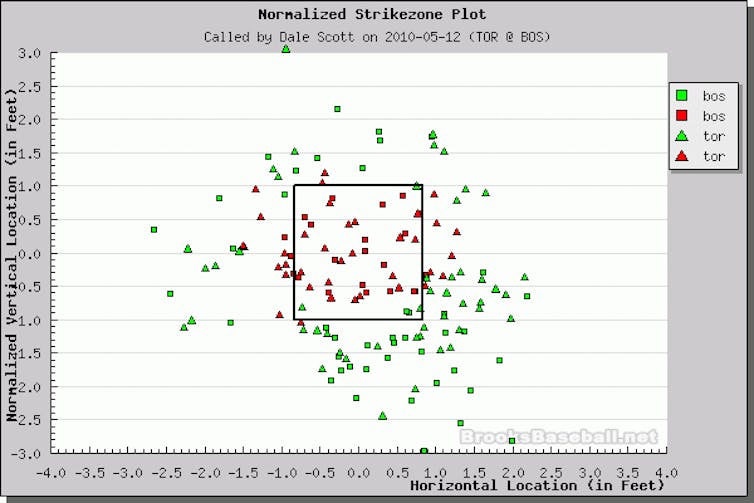



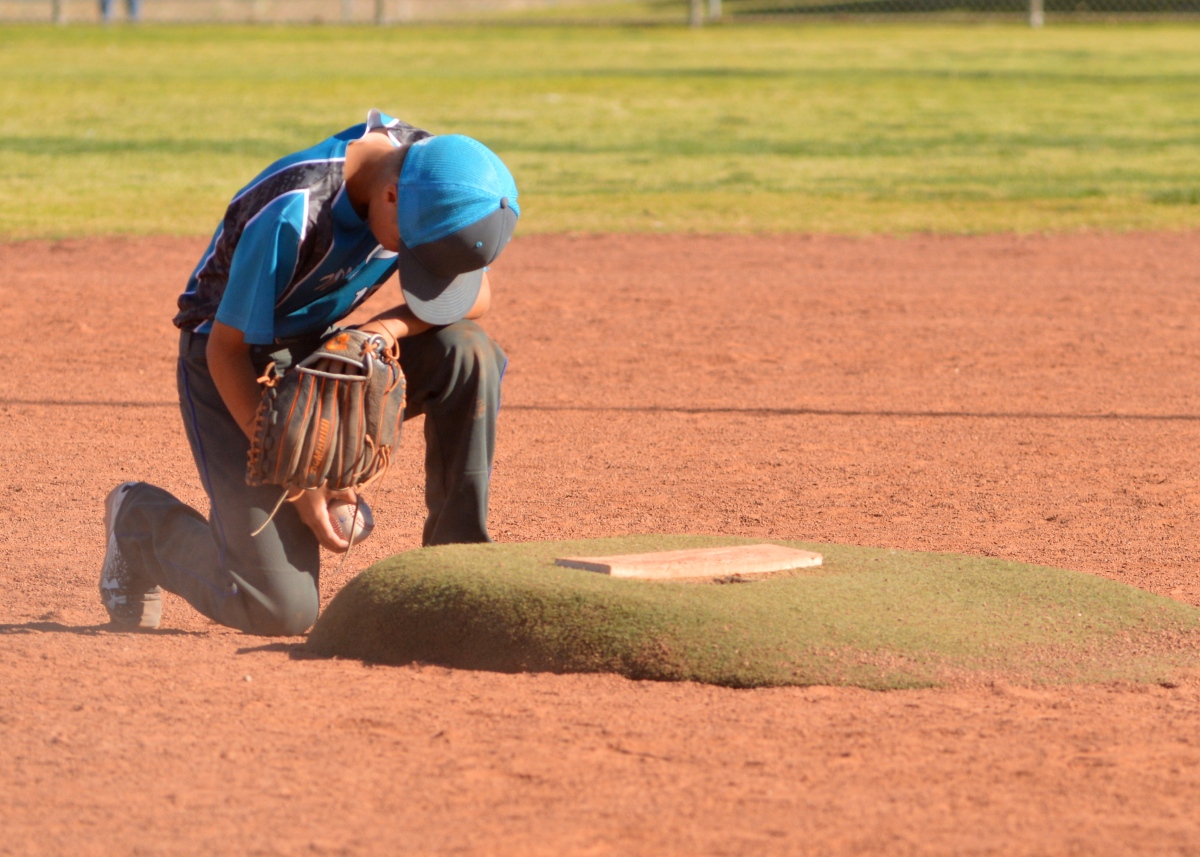
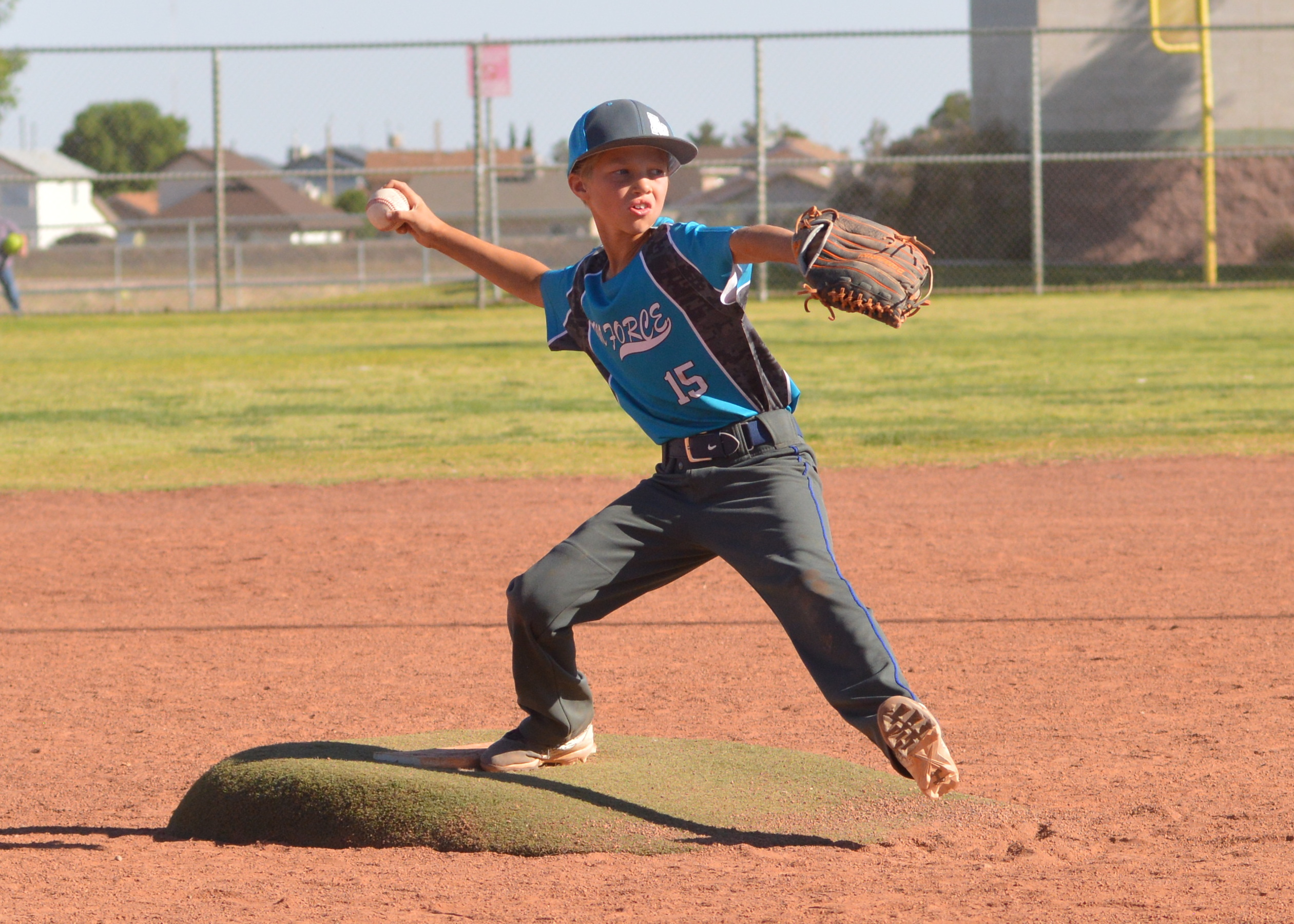
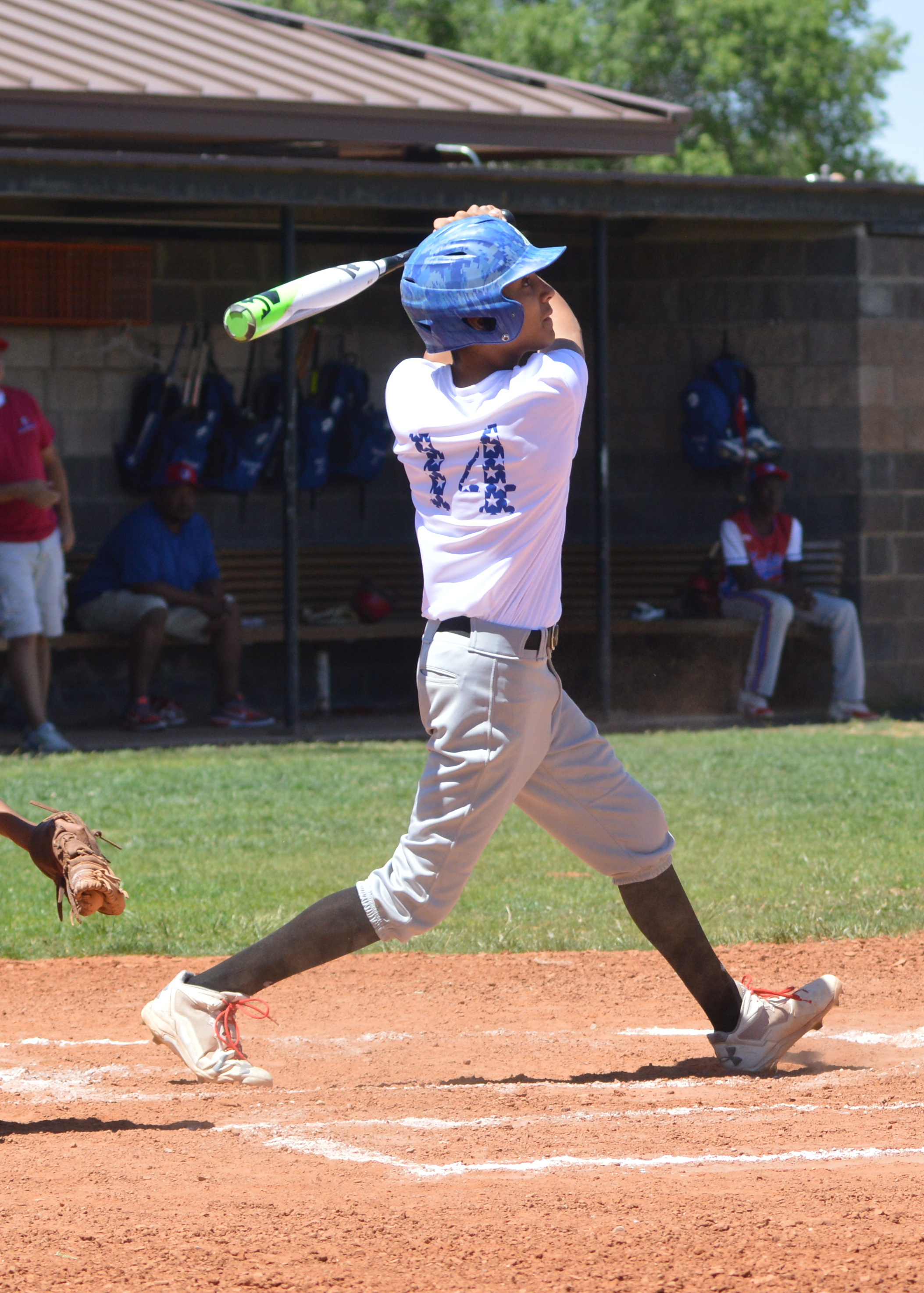

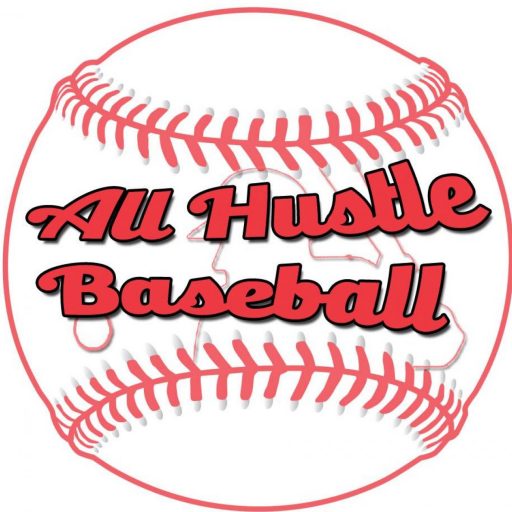


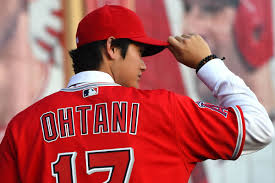
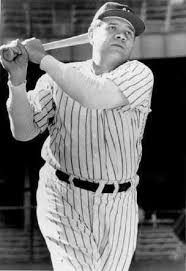 playing 162 games per season. Also, when Ruth played, 25 people were allowed to be on the roster during the entire season. That counts someone who played 2 games and got injured, so two way players were MUCH more valuable. Now, people can be taken off and put on the roster, and on Sept. 1, the roster expands to 40 people.
playing 162 games per season. Also, when Ruth played, 25 people were allowed to be on the roster during the entire season. That counts someone who played 2 games and got injured, so two way players were MUCH more valuable. Now, people can be taken off and put on the roster, and on Sept. 1, the roster expands to 40 people.
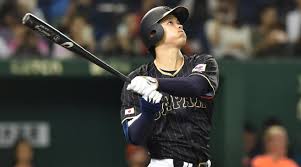
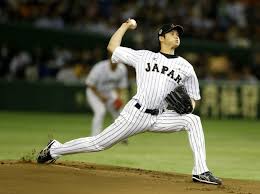
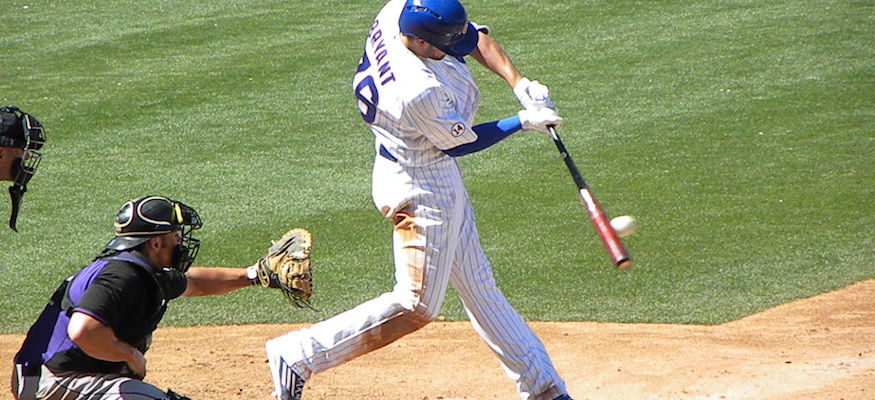
 the best way to get stronger is to hit bigger, heavier balls. Second, tell your son or student to aim for a certain part of the cage. Young players don’t understand how their body is moving the same way an older athlete does. By giving him the simple goal to hit a ball in a certain spot, his body will naturally create more efficient mechanics. It won’t create perfect mechanics, but he will be able to fix a lot of kinks in his swing without you having to tell him about them all.
the best way to get stronger is to hit bigger, heavier balls. Second, tell your son or student to aim for a certain part of the cage. Young players don’t understand how their body is moving the same way an older athlete does. By giving him the simple goal to hit a ball in a certain spot, his body will naturally create more efficient mechanics. It won’t create perfect mechanics, but he will be able to fix a lot of kinks in his swing without you having to tell him about them all.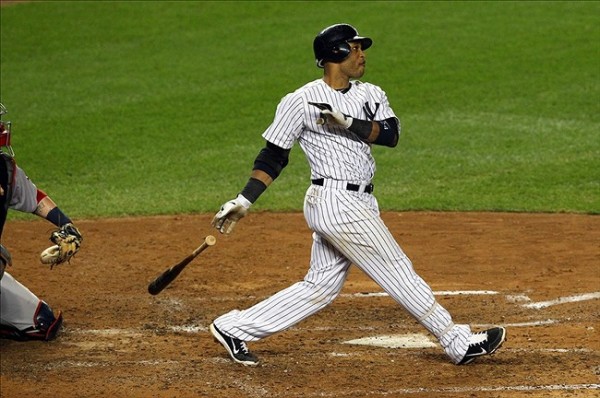 than you, but if you do an hour of extra batting practice after everyone else is done, you’re working harder than MOST high school ball players.
than you, but if you do an hour of extra batting practice after everyone else is done, you’re working harder than MOST high school ball players.